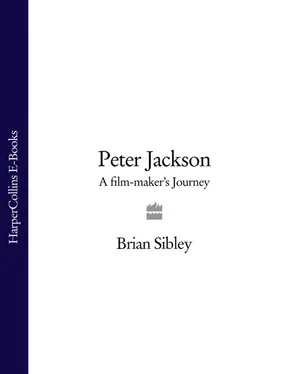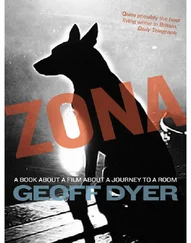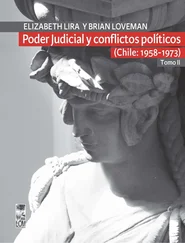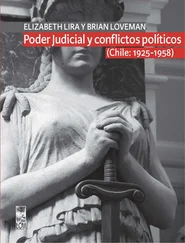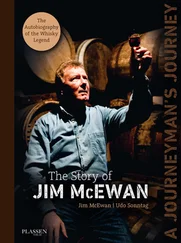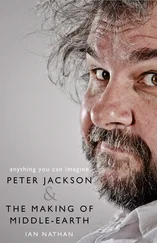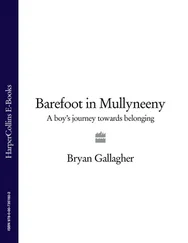This was before video, so there was no way to own a copy of a movie. I remember smuggling a small cassette sound recorder into a screening of The Seventh Voyage of Sinbad in a bag , and I taped the entire film. I would lie in bed at night, listening to this echoey, fussy sound recording – complete with audience rustling chippie-wrappers and coughing – and relive the visual excitement of the film in my head.
Such was the impact of the Sinbad film that it inspired my next film project that, unlike some of my earlier efforts that were always hampered by waning enthusiasm or even downright loss of interest – eventually saw completion. The necessary incentive came in the form of a Sunday afternoon television programme called Spot On that, in 1978, ran a children’s film-making contest for schools, so I teamed up with two school friends from Kapiti College, Ken Hammon and Andrew Neale, and another former cast member of my earlier films, Ian Middleton, and we started work on a short fantasy film.
As I now had a new camera which my parents had bought me for my previous birthday and as it had the much-desired facility for shooting single-frames, I was absolutely determined that our film would feature some elaborate sequences in stop-motion animation. Heavily indebted to the work of Ray Harryhausen, it was called The Valley.
Peter’s determination to experiment with stop-frame animation meant that the storyline of The Valley was essentially little more than a means to that end. The action concerns the adventures of four gold-prospectors – although, since there always had to be someone operating the camera, only three of the four could be ever seen on screen at one time!
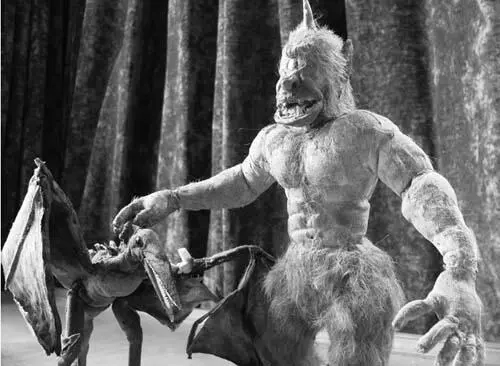
Whilst trekking through the bush, the intrepid group conveniently blunder into a ‘space-time continuum’: a special effect achieved by pulling a pantyhose over the lens of the camera in order to create a ‘mist’. Undaunted at finding themselves in some, mythic ‘other age’, the foursome continue on their way only to encounter a couple of Harryhausen-inspired monsters, the first of which – a harpy-like creature – swoops down and carries off one of their number just as, years later, in The Return of the King, the Nazgûl fell-beasts would swoop down and snatch Gondorian soldiers from the battlements of Minas Tirith.
The winged assailant in The Valley (called a Trochoid, after a term used of a family of curves which they heard used in geometry class) solved a major problem facing the film-makers – namely their lack of acting ability! ‘None of us were very good actors,’ recalls Ken Hammon, ‘but Ian Middleton was arguably worse than the rest of us which is why he was the first to get killed off!’ As the Trochoid flew off with a puppet of Ian in its clutches, Ken demonstrated his own acting skills by providing a reaction shot on the demise of his comrade: though filmed
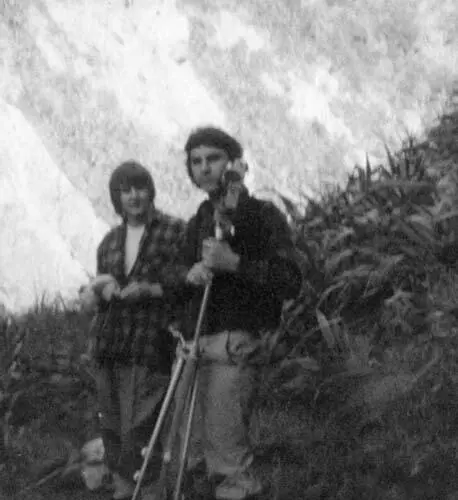
These are shots from The Valley, a film I made with friends at Kapiti College in 1978. I shamelessly copied Ray Harryhausen’s Cyclops for my villain. The Valley was shot in the rugged gorge that runs through the middle of Pukerua Bay. I think this shot of me and Ken Hammon is the first photo I have of me holding a movie camera. I met Ken at Kapiti and he became a good friend and one of the core members of the Bad Taste team.
without sound, Ken could clearly be seen to mouth a four-letter word.
The problem of having Peter on screen and behind the camera, led to his character taking a convenient tumble off a cliff, leaving Andrew Neale and Ken to deal with an attack by a close relative of the Cyclops in Seventh Voyage. In what is a superbly choreographed moment in the film, cutting back and forth between live action and animation: Ken stumbles, falls and is grabbed by the Cyclops; Andrew, seeing his friend’s plight – dangling by one leg from the monster’s fist – grabs a large branch and hurls it, javelin-style, at the creature; next, cut to the Cyclops, as the well-aimed branch finds its mark and plunges into the creature’s throat with an eruption of blood.
The scenario moves towards its climax with Andrew and Ken building a raft and taking to the water. Eventually, the travellers come in sight of ‘the Beehive’, Wellington’s parliamentary cabinet offices, not as they are today, but ruined and overgrown with vegetation. In a dénouement borrowed from Planet of the Apes (in which Charlton Heston discovers the remains of the Statue of Liberty and
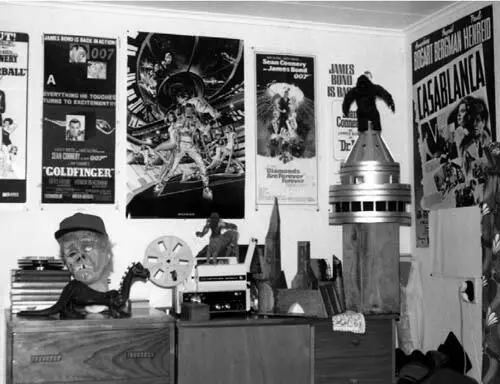
My bedroom, circa 1979. My trusted Eumig projector is there along with some of the models I’d built for my films. Kong atop the Empire State Building was from an attempt to remake the film in Super 8, along with a few stop-motion puppets and masks I’d made.
realises that the monkey planet on which he has landed is, in fact, the earth in a future age) the two survivors in The Valley reach the conclusion that they have travelled forward not back in time! ‘Let’s be honest,’ says Ken Hammon, ‘it wasn’t anything to do with “homage” or “tribute” – we just stole stuff!’
With the live-action footage completed, the animation sequences were added and the film was edited by Peter and submitted to Spot On and, following a long wait, the programme began screening the winning films. Entries were supposed to run for three to five minutes but (like some of Peter Jackson’s later movies!) The Valley ran somewhat longer than expected and its almost twenty-minute duration may have contributed to its not being placed among the winners. The makers were, however, commended on what one of the judges – New Zealand film director, Sam Pillsbury – called ‘a really impressive piece of work’. He added that the film-makers’ storyline was ‘almost non-existent’, due to their being ‘more interested in techniques’, a somewhat grudging criticism that belied the fact that the film’s technical achievements were of an exceptionally high order for an amateur film made by 15 and 16 year olds.
The stop-motion animated sequences alone were a triumph and demonstrated not just a high degree of skill but also a determination to master one of the most time-consuming, concentration-intensive of all the film arts. Peter’s mother, recalling her son’s dedication, commented that he had ‘oodles of patience’ and that acute singularity of focus would remain one of the qualities to mark out his later professional productions.
Years later and just days after the exhausting final haul of delivering the final cut of The Return of the King, Peter spoke of his belief that it was always possible to ‘somehow figure something out’…
If I say ‘we’ll figure it out’, then I mean it; I’ve logged the problem in my mind and will take my share of responsibility. With each part of The Lord of the Rings there would always come a point in the year, usually the second half, when the studio began to think that they might possibly not have a movie to release. I always knew that such a situation would be a complete disaster and, therefore, could never happen.
Читать дальше
